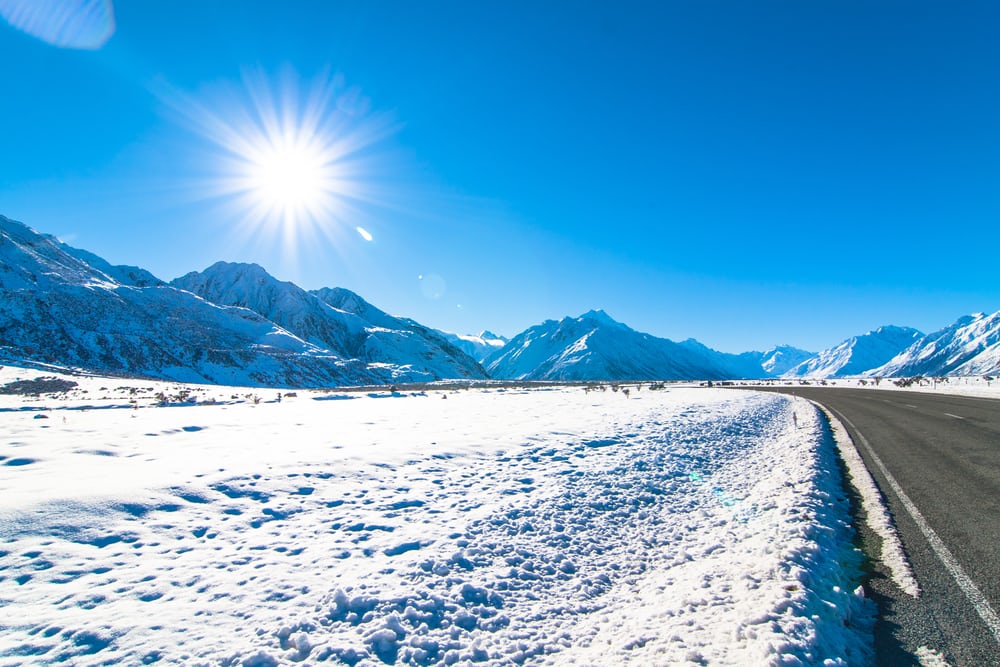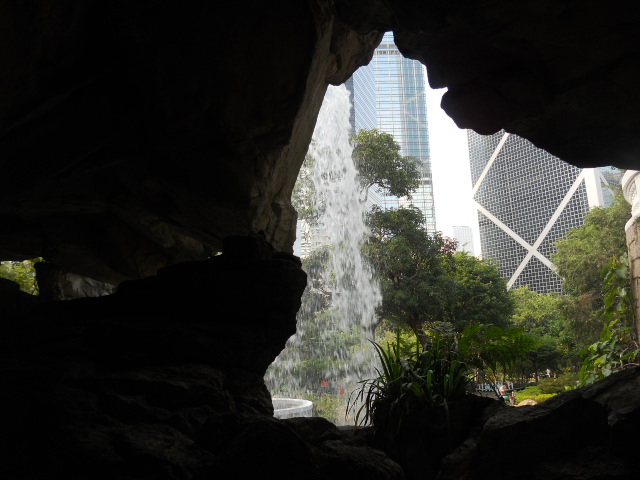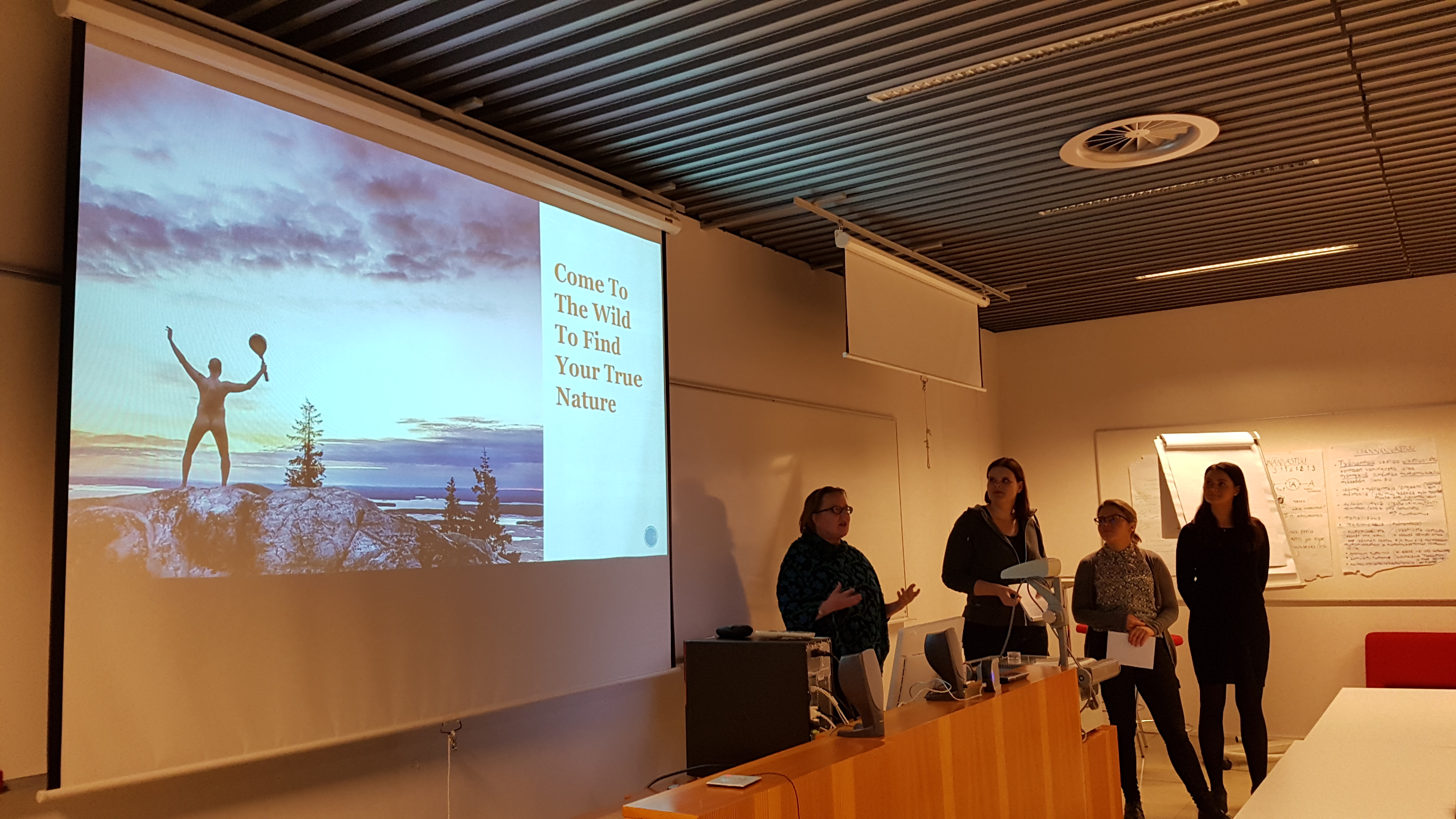Does Virtual Reality (VR) Travel have the potential to be more?
Does Virtual Reality (VR) Travel have the potential to be more? Retrieved from Forbes.com Due to the pandemic, the global tourism industry had to come to a sudden halt. Even as lockdowns were slowly lifted, travelers were skeptical, and the threat of the virus is still very real. Recently, a second wave has swept across […]
Research: Communicating the Image of North Karelia to German Market
Introduction of the study The aim of this master’s thesis was to increase the knowledge of German tourists as a marketing segment and to clarify, what kind of image they have about North Karelia as a region. The thesis was made in collaboration with the North Karelian DMO VisitKarelia. An online survey was sent to […]
A Study About LGBTQ Community’s Perception of Finland as a Tourist Destination
In recent decades, LGBTQ tourism has been on the rise largely due to progress in human rights. The LGBTQ market is considered recession-proof and one of the fastest-growing markets in the world. These reasons alone could demonstrate the importance of attracting tourists from this community to Finland. Finland is already in a good position […]

5 key learnings for a destination marketer
In the spring semester 2020 I attended a very interesting course called Destination Marketing, which is a part of the Tourism Marketing and Management master’s programme. The course gives an overview on different aspects of destination marketing in the rapidly changing world and offers interesting content for anyone interested in destination marketing. Here are my 5 key learnings from the course: Destination vs a company Traditional […]
The most important concept in destination marketing?
What is a concept or a term that every destination marketer should know and understand about destination marketing? I think I found it. It is very catchy. A bit marketing-oriented even. Quickly thought, something far-fetched? But coherent and makes a lot of sense when thought more deeply. It gathers up something very wide in one […]

Complexity of academic research
To understand the world I’ve started my university (academic research) studies this autumn. I´m 32 years old, and I like my age. At least for me, the somewhat life experience gives a better feeling in this rather complex overall feeling that I am having at the moment. I will get back to this later. I’ve […]

Tourism Marketing and Management programme takes novel approach to business studies
A business degree that specialises in tourism business is now available for the first time in Finland. Running at the University of Eastern Finland Business School, the international Master’s Degree Programme in Tourism Marketing and Management has got off to a good start, as 20 new students started at the Joensuu Campus this September. Their […]
Study tourism business at UEF: Master’s Degree Programme in Tourism Marketing and Management
There are dozens of reasons why you should study Tourism Marketing and Management at University of Eastern Finland. Here are 16 top reasons to study with us: High quality studies We aim to keep the quality of our studies high. Our studies are not the easiest; there are no free credits but a lot to […]
Why study hospitality, travel, and tourism?
The main reason to study hospitality, travel and tourism is to work in the field. Hotels, airlines, destination, attractions, transportation, cruises, events, activity providers, shopping centers, tourist services, travel agents, tour operators and many others together form together a huge industry. It is a practice-oriented field and an interesting one. It is in constant growth […]